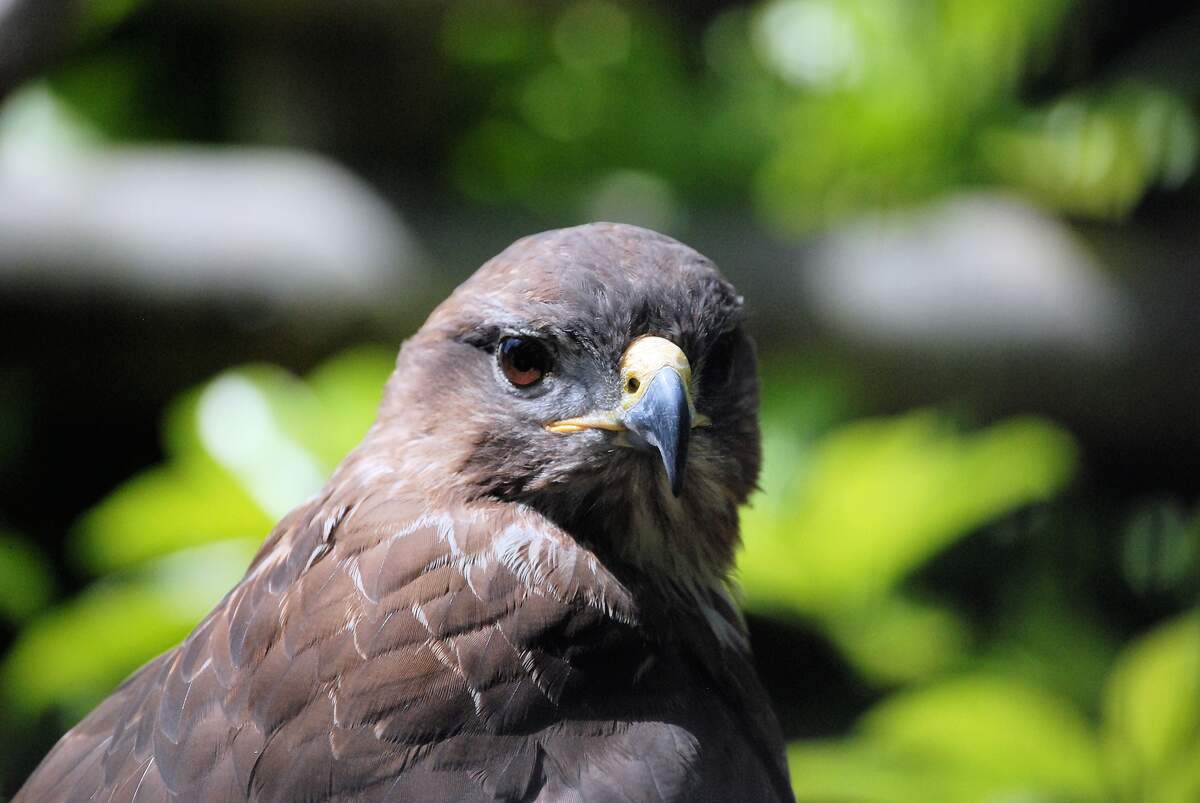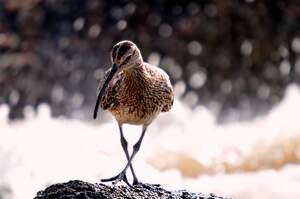

Buzzard Day
Also known as
Buzzard Sunday
Hinckley Buzzard Day
Hinckley Buzzard Sunday
National Buzzard Day
Observed
the Sunday after March 15th (since 1957)
Dates
Hashtags
Sources
Each year on March 15, turkey vultures, or buzzards, return to Hinckley, a township in Medina County, Ohio. Observers watch them as they arrive at Buzzard Roost inside of Hinckley Reservation, a Cleveland Metropark. Here they nest in trees along Whipps Ledges. The area is an ideal nesting ground for buzzards because of its open fields, rocky ledges, and forests.
In 1957, Walter Nawalaniec, a Cleveland Metroparks ranger, told Cleveland Press reporter Robert Bordner that he had seen buzzards return to Hinckley on March 15 for the past six years. He also told Bordner that his predecessor, Charlie Willard, had kept a log of them returning on the date for 23 years prior to that. On February 15, Bordner published a story that predicted the buzzards would return in exactly one month.
Like clockwork, the buzzards arrived on Friday, March 15 at 2 p.m. Sightseers from Ohio and beyond arrived over the weekend—in total, 9,000 tourists came to the township, and it was caught off guard and unprepared for so many visitors. To ensure that Hinckley was more prepared the following year, Carl and Catherine Neu—who happened to be turkey farmers—worked with Edward Spatz of the Hinckley Chamber of Congress to organize an event, and the first Sunday after March 15 was proclaimed to be Buzzard Day. Although the birds are known for being ugly and dirty and for eating dead animals, most Hinckley residents still take pride in them and in Buzzard Day, which goes by a few other names, such as Hinckley Buzzard Sunday. The "Buzzards of Hinckley" may not be the sparrows of Capistrano, but they are loved just the same.
According to legend, the buzzards started coming to Hinckley following the Great Hinckley Varmint Hunt of 1818, which took place on Christmas Eve. The hunt was organized to kill predatory animals that were attacking livestock. During it, 475 men and boys started at the perimeter of Hinckley and drove the animals inward. According to the legend, the butchered animal carcasses that were left behind attracted buzzards, and this is when the birds started their yearly pilgrimage to Hinckley. However, this story was undercut when other records were found. A manuscript from William Coggswell, written in 1810, claimed that he and his uncle Gibson Gates, who were the first white men to enter the area, saw "vultures in the air" when they arrived.
Although the buzzards arrive exactly on March 15—at least that is what everyone in Hinckley will tell you—Buzzard Day is always observed on the following Sunday. On the day, a pancake and sausage breakfast is hosted by the Hinckley Chamber of Commerce and held at the Hinckley Elementary School. Crafters and artists display their creations in classrooms, and organizations in the township set up exhibits with information about what they do. A bird hike is held early in the morning, as are other hikes throughout the day. There are contests and skits, and the sharing of stories and songs. Some visitors also come on March 15 and head to Buzzard Roost, where the "Buzzard Spotter" clocks the arrival time of the first buzzard, which signifies the arrival of spring for everyone in attendance.
Turkey vultures, also known as turkey buzzards or buzzards, are large birds with dark bodies, featherless red heads, and hooked bills. They have a broad wingspan, look similar to turkeys, are smaller than eagles or condors, but are larger than red-tailed hawks. Some live year-round in the southern United States and areas farther south, while others migrate. In the spring, many buzzards live in areas in the northern United States, such as Hinckley, but live in the southern United States or all the way down to South America during the winter months. Northeast birds migrate a small distance, to locations like South Carolina and Louisiana, while western birds fly farther, to Central America or South America.
There are estimated to be about 18 million turkey vultures. They can be found flying around farmland, rangeland, and forest. They use thermals to glide to high altitudes, and can also fly at low altitudes, where their superb smells help them to find carrion. They prefer animals that have just died, and it is rare for them to kill any animal themselves. A few vultures may gather at an animal at once, but usually only one feeds at a time. They use a wide variety of sites for nests, like ledges, crevices, caves, abandoned nests of other large birds, and even abandoned buildings. One location they use is Whipps Ledges in Hinckley Reservation. On Buzzard Day, we celebrate the birds there and all other turkey vultures!
How to Observe Buzzard Day
If you can, celebrate the day in Hinckley, Ohio. Stop at the Hinckley Reservation and look for buzzards, and go to Hinckley Elementary School for the rest of the day's festivities. For more up-to-date information, check the day's official Facebook page and the Hinckley Chamber of Commerce website. You could also stop out at Buzzard Roost, where the buzzards were seen returning just a few days ago.
If you can't make it to Hinckley, there are still ways you can celebrate. You could watch videos about Buzzard Day and the return of the buzzards. You could see if you can find any turkey vultures near where you live. First, check to see if they are in your area this time of year. If so, there are a few spots where you are more likely to find them. Drive around and look for them at the sides of highways, or hike in the open countryside, and around areas with hills and mountains, and look to the sky.


















